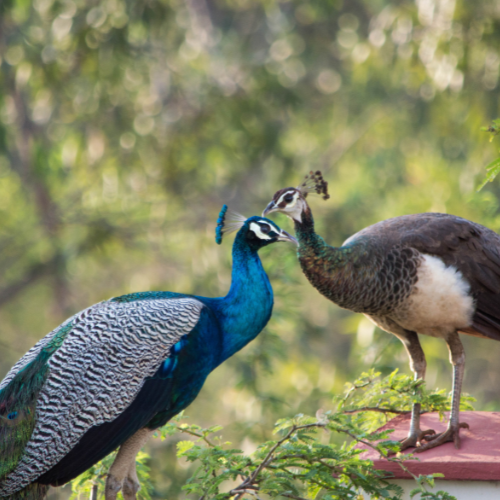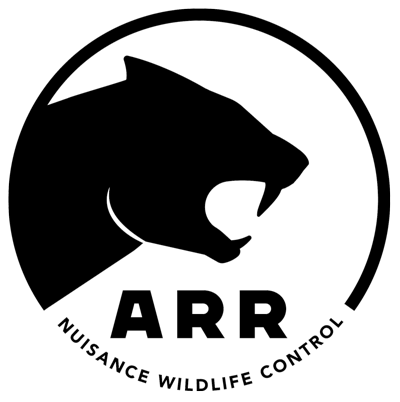In Central and Southwest Florida, peafowl have become a notable concern in many communities. Commonly referred to as peacocks and peahens, they are vibrant and distinctive birds originally native to the Indian subcontinent. In Florida, these animals have adapted well to the local environment. Two primary types found in this region are the Indian and the Green. These birds, with their striking appearance, have long been admired for their beauty. However, beneath this attractive façade lies the potential for significant nuisance issues.
While peafowl can be pleasing to the eye, their presence is often less than desirable for several reasons. One major concern is the damage they can cause to property. These animals are known to peck at cars, causing scratches and dents, especially when they see their reflection and mistake it for a rival. Additionally, their droppings can be unsightly and may pose health risks. The noise they produce, particularly the loud calls of the males, can be very disruptive, especially during the early morning hours. Furthermore, these birds can be aggressive, particularly during mating season, posing a risk to pets and small children.
In areas where populations have grown significantly, their presence can impact local ecosystems. These birds can compete with native species for food and habitat, potentially disrupting the balance of the local wildlife community.
Many residents might consider tackling the problem on their own. However, DIY methods often prove to be ineffective and sometimes illegal. These birds are intelligent and can quickly adapt to various deterrents, making homemade solutions short-lived. Moreover, certain methods of control may violate local wildlife protection laws. Without proper knowledge and equipment, attempts to remove or control these birds can lead to injury for both the person and the animal.
Despite the problems they pose, peafowl are fascinating creatures with several interesting aspects:
- Peafowl are ground-feeders but can fly short distances. They often roost in trees at night.
- A male's tail, known as a "train," can measure up to 60% of its body length.
- These birds have a complex social structure and can recognize individual humans and animals.
- They are omnivores, eating a wide range of plants, insects, and small creatures.
In Florida, the growth of the peafowl population has been notable in certain areas. Communities often report increased sightings and incidents involving these birds. Property damage, noise complaints, and concerns about public health due to droppings are common themes in these reports.
At ARR Nuisance Wildlife Control, we employ humane and effective methods to manage their populations. Our team is trained in the safe capture and relocation of these birds, ensuring minimal stress and harm. We work closely with local authorities and wildlife experts to ensure that our practices are in line with legal and ethical standards.
We also offer consultation services to help communities and individuals understand how to coexist with these birds while minimizing their impact. Our approach includes habitat modification, use of deterrents, and public education on peafowl behavior.
While they can be a beautiful addition to the local fauna, their presence often brings more challenges than benefits. At ARR Nuisance Wildlife Control, we understand the complexity of managing these animals and are committed to providing effective, humane solutions. If you are experiencing problems with peafowl or any other wildlife, please contact us for professional assistance.
Frequently Asked Peafowl Questions
Q1. Do They Migrate or Remain in One Area Year-Round?
A1. Answer: Peafowl are not migratory birds. They tend to stay in one area throughout the year, as long as the environment provides adequate food, shelter, and safety. In areas like Central and Southwest Florida, where the climate is mild, these birds find suitable habitats to live year-round. However, they may roam within a limited range, especially in search of food or mates. Unlike migratory birds that travel long distances seasonally, they are more territorial and less inclined to undertake extensive journeys.
Q2. Can They Recognize Individual Humans?
A2. Yes, peafowl have shown the ability to recognize individual humans. Research suggests that these birds have excellent memory and visual recognition skills. They can differentiate between people based on their physical features and behaviors. This trait is particularly noticeable in areas where peafowl interact regularly with humans. In such settings, they may display different reactions to familiar people versus strangers, indicating a level of individual recognition.
Q3. How Do They Impact Local Ecosystems?
A3. Peafowl can have a significant impact on local ecosystems, especially where they are not native. In Florida, for example, they can compete with native wildlife for food and habitat. Their diet is diverse, including seeds, plants, insects, and small animals, which means they can affect the food chain in certain ecosystems. Also, their foraging behavior can lead to soil disturbance. While they are not typically considered invasive, their presence in non-native areas can alter the dynamics of local ecosystems, sometimes to the detriment of native species. It's important for wildlife management programs to monitor and manage their populations to ensure ecological balance.
All Rights Reserved | ARR Nuisance Wildlife Control

